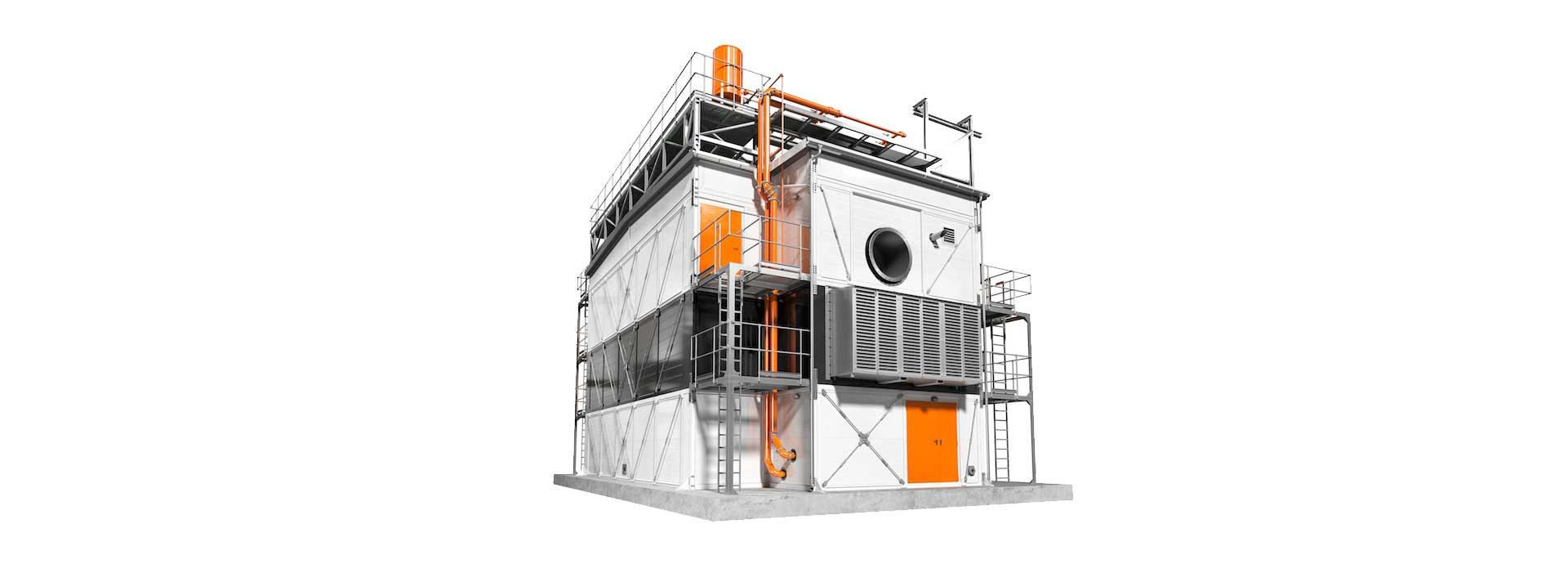

Mines are moving towards decarbonisation, driven by costs and a desire to reduce emissions. Here’s how Wärtsilä is ready to help them move towards a 100% renewable energy future.
The 2019 Nobel Prize in Chemistry was awarded for the development of lithium-ion batteries. The Committee explained that these batteries laid the foundation for a fossil-fuel-free society. The irony here is that fossil fuels are being used in the mining operations needed to extract the minerals necessary for the development of these batteries.
This makes the growing trend by mines to move towards decarbonisation especially significant. According to the Rocky Mountain Institute, there is nearly 1.8GW of renewable capacity installed at 88 mining sites in 26 countries. More is on the way.
Risto Paldanius, Director, Business Development, Energy Storage & Optimisation, Wärtsilä Energy Business, explains that mines are often in remote locations and have no access to a reliable grid connection. Traditionally mines used engine power plants or turbines, yet it can be expensive and problematic to ship fuel out to a mine. In many cases, renewables can be produced locally and cost less, which makes them even more attractive.
Energy storage and optimisation
“In the past 3-5 years mines have become more interested in renewables because they can reduce costs and emissions,” says Paldanius. “Solar is popular for many mines, and wind farms are used for some mines in Australia. Energy storage is also an important component.”
Wärtsilä has solutions to help mines as they decarbonise. At the Fekola mine in Mali, Wärtsilä is designing a cutting-edge 17.3MW / 15.4MWh energy storage system with GEMS energy management technology. GEMS will not only control the energy storage system, but also integrate a new 30MW solar plant under construction at the mine. The GEMS software platform interacts with and manages every part of the system to optimise performance, essentially operating as a conductor running a symphony.
“The mine will be able to reduce electricity costs, use batteries so excess renewable energy isn’t wasted, optimise the engine power plants and increase grid stability,” says Paldanius. “GEMS is very good at optimising all these different assets to work together in harmony.”
The combined improvements at the Fekola Mine is expected to reduce CO2 emissions by almost 18 tonnes annually and cut processing costs by seven percent.
Building it with blocks
Yet a mine can’t currently run on renewables and batteries alone. Renewable energy is only produced when the sun shines or the wind blows, but energy storage has not yet developed enough to exclusively power a mine for long periods of time. Mines also need fast-starting flexible generation capacity. It would even be better if this solution was modular, so mines could change capacity as needed. This is exactly what Wärtsilä created with Modular Block, a prefabricated modularly configurated and expandable enclosure for high-efficiency medium-speed engines.
“In the path towards a 100% renewable energy future there is clearly a demand for medium-speed engines that are capable of operating with various fuels and have the capabilities to start fast and quickly respond to the load variations derived from renewable energy sources and mine processes,” says Hannu Jeronen, Product Manager, Industrial Applications, Wärtsilä Energy Business.
The first order for the Wärtsilä Modular Block solution was for the Resolute Mining’s Syama gold mine in Mali. They will replace the existing generators with three Modular Blocks with one medium-speed Wärtsilä 32 engine in each, which will provide 30MW of power. A fourth will be installed in 2022, and the miners also have an option to add a fifth, demonstrating the scalability of the Modular Block solution.
“Once commissioned, monthly fuel cost savings up to EUR 1.5 million and a significant reduction in CO2 emissions is foreseen,” Jeronen continues. “In addition, the low lifecycle cost of the Wärtsilä 32 engines will introduce cost savings for the end-user.”
Lifecycle management
The entire economic and environmental lifecycle of a mine is what drives the industry. Wärtsilä forms strategic partnerships with mining operations for a lifecycle concept, including the implementation of long-term service agreements.
“Mines need predictability,” explains Kim Lindqvist, Director, Concept Development, Energy Services at Wärtsilä. “We work with them and agree on specific deliverables, such as power availability, reliability and fuel efficiency. We are able to give them performance guarantees and let them focus on their mining operations.”
Exactly how Wärtsilä can help depends upon the mine itself, and whether it is a new greenfield project or an existing mine. Lindqvist says that it begins with a talk with the customer to understand specific needs and how Wärtsilä can help them reach their targets. An old mine might get their existing engines refurbished with new performance guarantees, while a new mine would benefit from having performance guarantees supporting the investments’ business case and performance targets.
Now the mines have predictability over matters such as performance, maintenance and operational costs. They are able to maximise their return on investment, improve efficiency and ensure safe and reliable operations.
“All our solutions are customised to meet customer needs, so we start by understanding their business,” Lindqvist says. “We offer solutions for life.”
Did you like this? Subscribe to Insights updates!
Once every six weeks, you will get the top picks – the latest and the greatest pieces – from this Insights channel by email.